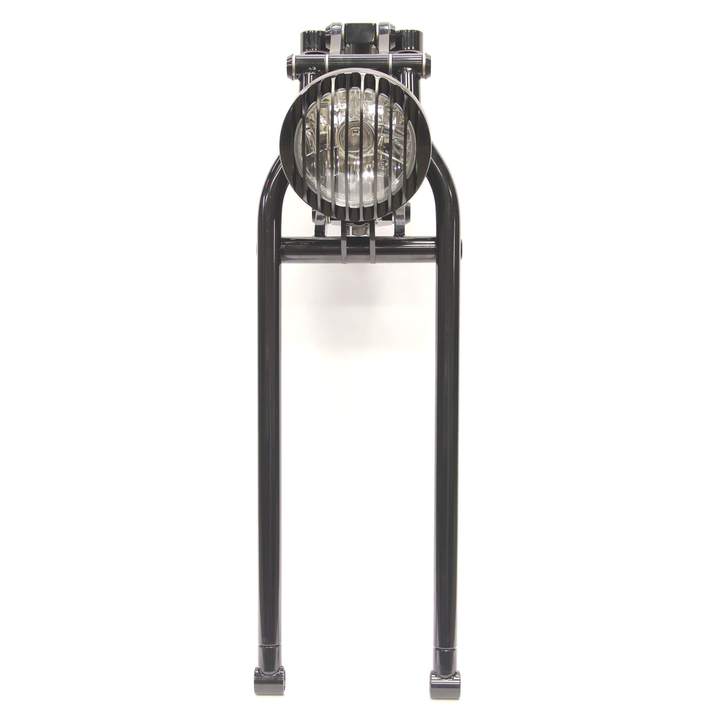

On teleforks the wheel moves in parallel with the steering axis and offset is fixed and so doesn't change, so trail doesn't change except with variations in rake angle. The reason is the wheel on a girder moves independently of the steering axis with a more vertical wheel path, this leads to an increase in steering offset which leads to trail loss and all the problems associated with very low trail. The girder's big weakness with this wheel path is massive trail loss when braking or when the suspension moves in general.
Voodoo girder front end software#
Having mucked around with the FFE software I realized what the problem with girders was. This prototype taught me a lot of what I needed to know for the next step. I then built a rough prototype to test some ideas on geometry and construction, the bike I used was an FZR frame with a 98 CBR motor for extra go that I had built some time ago. The project began in late I was wondering why girder forks aren't seen on any sports and race bikes, Why is this so when girders have all the advantages of link type systems with antidive characteristics, low stiction etc.? I began by using Tony Foale's FFE suspension software to investigate the working dynamics of how girders function. Laurie sent me some photos and explained how it all came about. He's pretty pleased with the result and thought readers of The Kneeslider might want to have a look.

Of course, Laurie was in a better position than most of us to work out answers to his questions and the result is the bike you see here, a Yamaha R1 with his very own aluminum girder front suspension. Working on motorcycle forks, shocks and swingarms all day, it shouldn't be surprising he has a few of his own ideas about what comes between the wheels and frame and when he started thinking about why girder front suspensions weren't often found on sport bikes, he decided to look into it.

Laurence Smith runs SuspensionSmith, a suspension business in Australia.


 0 kommentar(er)
0 kommentar(er)
